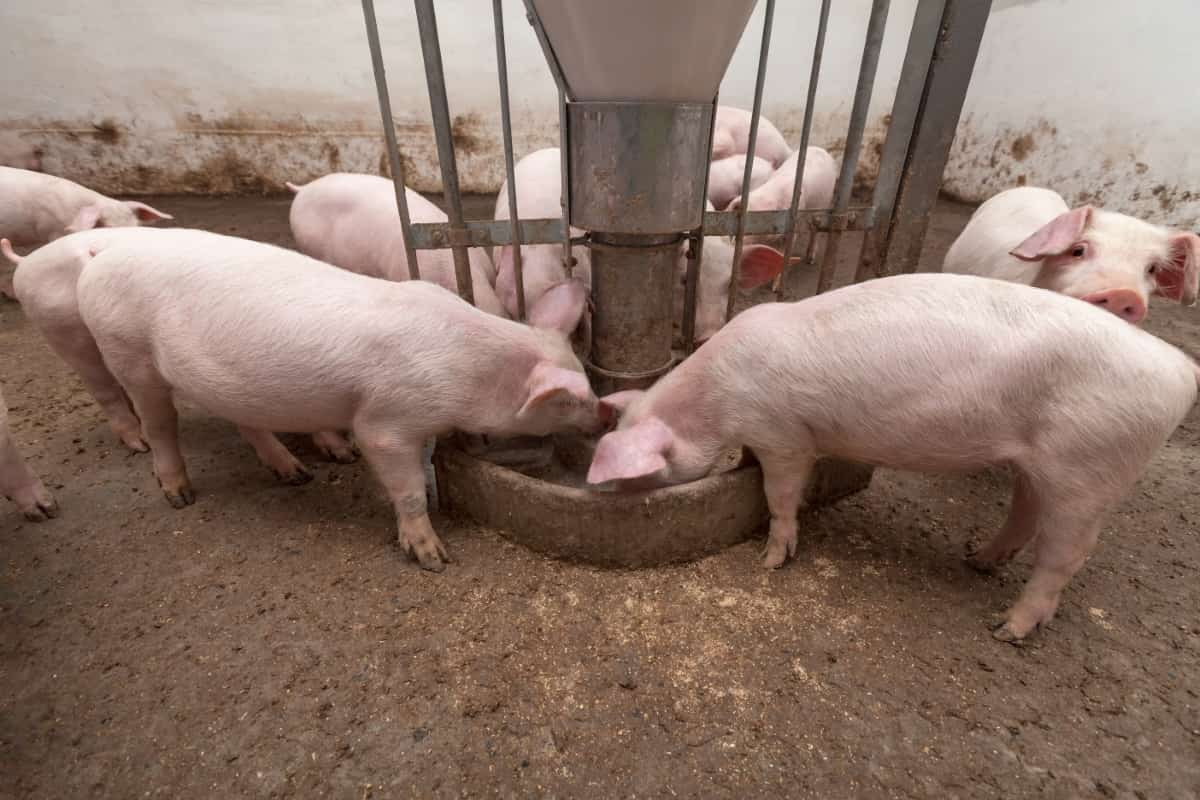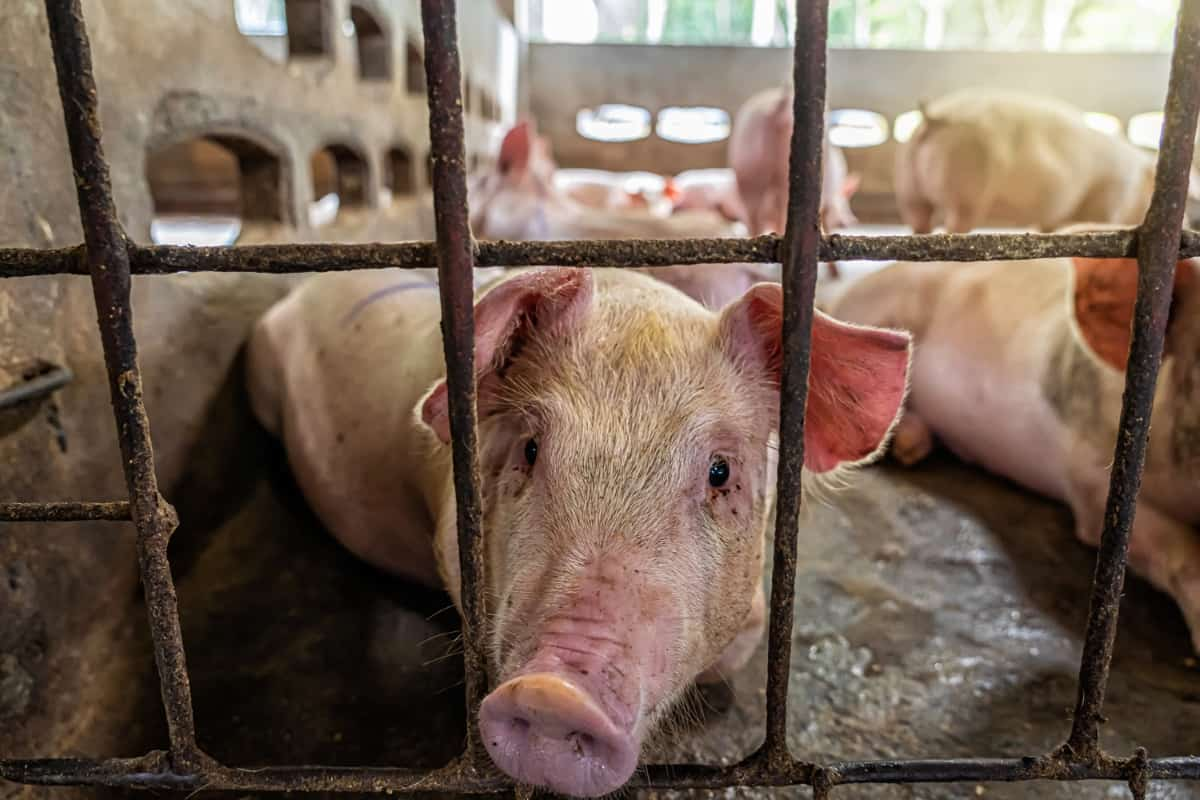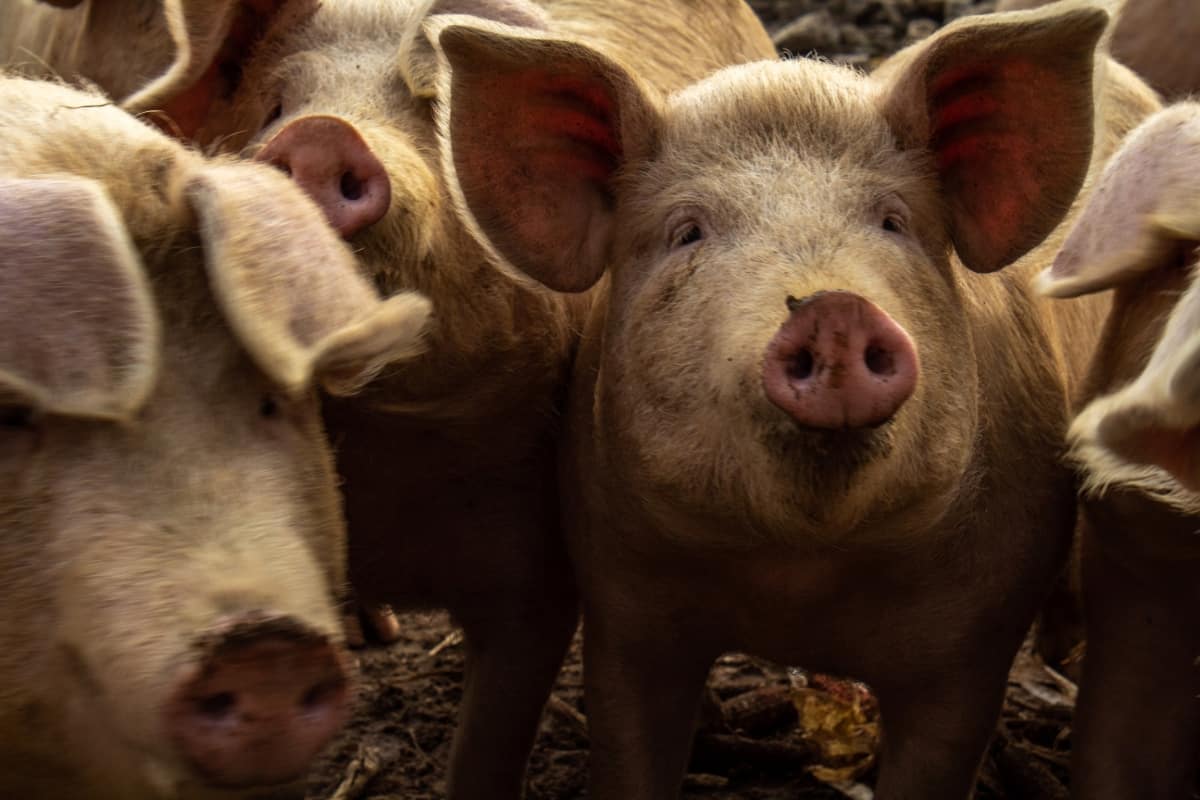The prospects of pig farming in Ethiopia present an exciting and profitable venture. An industry built on the pillars of an ever-growing demand for pork and a highly conducive climate for pig rearing, the country is in a prime position to explore the potential in this sector. This article will present a comprehensive business plan to facilitate success in the Ethiopian pig farming industry, focusing on viable pig breeds, investment requirements, and profit analysis.

Ethiopia Pig Farming Business Plan
Choosing the Right Pig Breed
The breed you select will determine your farm’s growth rate, carcass quality, and overall productivity. Ethiopia boasts a range of breeds suitable for varying climatic conditions and market demands. The three main pig breeds that can be raised profitably in Ethiopia include the Large White, Duroc, and Landrace. The Large White breed, native to England, is well-recognized for its fast growth rate, high fertility, and impressive meat yield.
These pigs are also highly adaptive, making them suitable for various climates and environments. Durocs, originating from the United States, are another breed known for their rapid growth and lean meat quality. These reddish-brown pigs are hardy and robust, making them well-suited to free-range systems. Lastly, the Landrace, originating from Denmark, is renowned for its high fertility and exceptional mothering abilities. This breed is a high-quality meat producer, providing large litters and high weaning rates.
Investment Analysis
The first component of investment is the purchase of piglets or mature pigs. The price may differ based on the pig’s type and age. Piglets are cheaper than mature pigs but require more time and care to raise. The second major investment is the pig housing or pig pen. The housing should be spacious, well-ventilated, and capable of protecting pigs from harsh weather conditions. The price of housing fluctuates based on its dimensions and architectural style.
Feed is the third significant component of your pig farming investment. Pigs require a nutritious diet to grow healthily and produce high-quality meat. Feed costs can be minimized by adopting a balanced diet plan and incorporating locally available feedstuff. The fourth component is health management. Vaccinations, medications, and routine veterinary check-ups are essential to prevent diseases and ensure the well-being of your pigs. The last component is labor costs. The need for personnel to support farm management may vary depending on the scale of your business.
Profit Analysis
Various factors, such as the selling price of pigs, the cost of production, the mortality rate, and the growth rate of pigs, influence the profitability of pig farming in Ethiopia. Firstly, the market demand for pork dictates the price of pigs. Pork consumption in Ethiopia has steadily increased, resulting in higher selling prices for pigs. The projected continuation of this pattern is anticipated to enhance the profitability of pig farming within the nation.
In case you missed it: New Zealand Pig Farming Business Plan: Solid Strategies for High Profits

The cost of production includes expenses related to feed, health management, labor, and housing. Efficient management practices can reduce these costs, enhancing profitability. For instance, optimizing the feed ratio, using locally available feed ingredients, regular health check-ups to prevent diseases, and effective labor management can significantly reduce production costs.
The mortality rate is another critical factor affecting profitability. Implementing appropriate biosecurity measures, maintaining proper hygiene in the pig pens, and ensuring regular vaccination can reduce mortality rates. Lastly, the growth rate of pigs can dramatically impact profitability. Selecting fast-growing pig breeds and providing them with nutritious feed can result in a higher rate of weight gain, meaning pigs can be sold sooner and at a higher weight, boosting profits.
An essential aspect of profit analysis is that pig farming can provide multiple income streams. Other by-products like pig skin, pig fat, and manure can be sold besides selling the pigs for meat. Manure can be utilized as a natural fertilizer in crop farming or even processed and sold as compost, adding another income stream and promoting an eco-friendly approach to farming.
Marketing Strategies
The effectiveness of your marketing strategy can make or break your pig farming business. To ensure high profits, your business needs to connect with a broad market base, offering high-quality products that meet the demands of consumers. Two significant elements of a successful marketing strategy are direct marketing and value addition. Direct marketing involves selling your pigs directly to consumers, restaurants, or local markets. This strategy eliminates the middleman, allowing you to pocket more profit.
Additionally, direct marketing allows you to interact with your consumers directly, understanding their needs and preferences better, which can be invaluable when deciding what breeds to raise or how to raise them. Value addition refers to the process of enhancing the value of your pigs through various methods, such as processing the meat into sausages, bacon, or ham. Adding value to your products can increase your profits and make your business more competitive.
Risk Management Strategies
As with any agricultural venture, pig farming is subject to various risks. These include disease outbreaks, feed price fluctuations, and market demand changes. Implementing effective risk management strategies can help mitigate these risks and ensure the sustainability of your business. Firstly, maintaining high standards of biosecurity can prevent disease outbreaks. This includes regular cleaning and disinfecting of pig pens, proper waste disposal, isolation of sick pigs, and regular vaccination.
In case you missed it: Australia Pig Farming Business Plan: Solid Strategies for High Profits

Secondly, diversifying your feed sources can shield you from fluctuations in feed prices. This could involve growing some of your feed or using various feed sources. Lastly, maintaining a diverse customer base can protect your business from changes in market demand. This could involve selling your pigs to a mix of consumers, restaurants, and local markets.
Conclusion
Pig farming in Ethiopia presents an opportunity to capitalize on the increasing demand for pork. With careful selection of breeds, careful investment planning, thorough profit analysis, strategic marketing, and risk management, you can carve out a highly Profitable venture in this industry. Whether you’re a new farmer looking to start with a small pig operation or a seasoned farmer looking to expand into pig farming, these strategies can guide you on the path to success.
- Ultimate Guide to Ossabaw Island Hog: Breeding, Raising, Diet, and Care
- Ultimate Guide to Juliana Pig: Raising Facts, Size, Diet, Care, and Lifespan
- Raising Lleyn Sheep: Disadvantages, Price, Uses, Characteristics, and Care
- Ultimate Guide to Meishan Pig: Breed Facts, Breeding, Raising, and Care
- Ultimate Guide to Teacup Pigs: Raising, Diet, Lifespan, Cost, and Care
- Guide to Raising Poll Dorset Sheep: Facts, Profile, Characteristics, Uses, and Care
- Ultimate Guide to Bighorn Sheep: Characteristics, Diet, Lifespan, Breeding, and Lifecycle
- Ultimate Guide to Raising Katahdin Sheep: Farming Facts, Breed Profile, Uses, and Care
- Ultimate Guide to Raising Oreo Cows: Belted Galloways Farming Facts, Profile, Uses, and Care